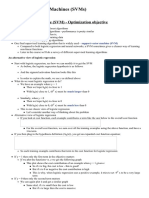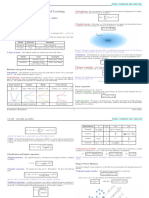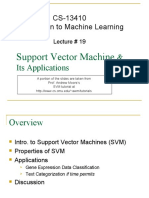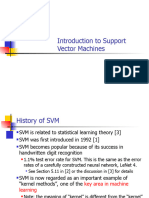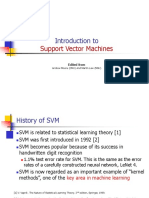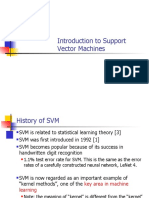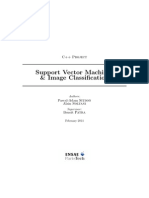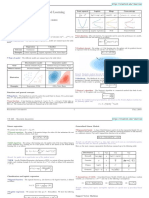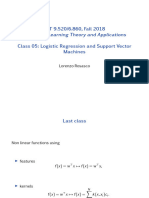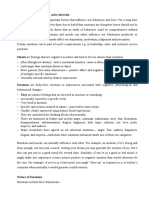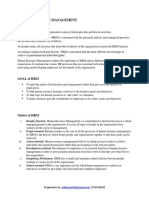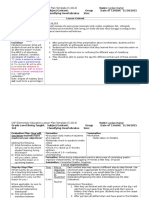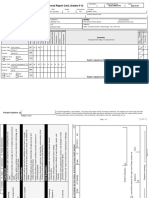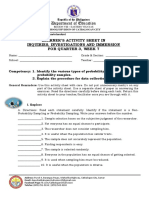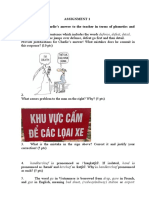0% found this document useful (0 votes)
92 views23 pagesSupport Vector Machines Vs Logistic Regression: Kevin Swersky University of Toronto CSC2515 Tutorial
This document compares and contrasts logistic regression and support vector machines (SVMs). Both can be viewed as minimizing a cost associated with misclassification based on a likelihood ratio. Logistic regression maximizes probability of the data, while SVMs maximize the margin between classes. However, SVMs can be derived by asking logistic regression to optimize for correct decisions rather than probabilities. This connection allows principled extensions of both models, such as kernelizing logistic regression or designing multi-class SVMs. While each has advantages depending on the problem, both aim to minimize misclassification based on a likelihood ratio framework.
Uploaded by
prash27kCopyright
© © All Rights Reserved
We take content rights seriously. If you suspect this is your content, claim it here.
Available Formats
Download as PDF, TXT or read online on Scribd
0% found this document useful (0 votes)
92 views23 pagesSupport Vector Machines Vs Logistic Regression: Kevin Swersky University of Toronto CSC2515 Tutorial
This document compares and contrasts logistic regression and support vector machines (SVMs). Both can be viewed as minimizing a cost associated with misclassification based on a likelihood ratio. Logistic regression maximizes probability of the data, while SVMs maximize the margin between classes. However, SVMs can be derived by asking logistic regression to optimize for correct decisions rather than probabilities. This connection allows principled extensions of both models, such as kernelizing logistic regression or designing multi-class SVMs. While each has advantages depending on the problem, both aim to minimize misclassification based on a likelihood ratio framework.
Uploaded by
prash27kCopyright
© © All Rights Reserved
We take content rights seriously. If you suspect this is your content, claim it here.
Available Formats
Download as PDF, TXT or read online on Scribd
/ 23














